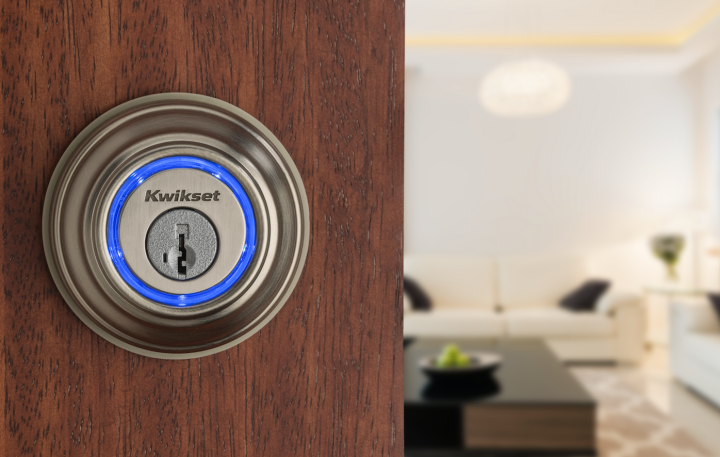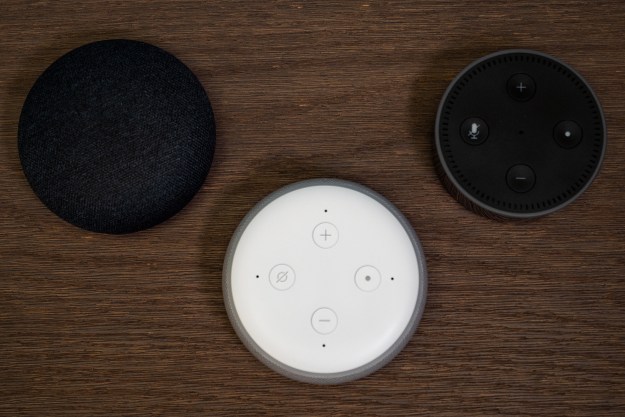
Kwikset is on its way to a keyless future, and has now announced the launch of the second-generation Kevo Touch-to-Open Smart Lock.
Rather than using a key, you’ll use your finger to unlock doors protected with the Kevo Smart Lock. Promising the “ultimate user experience,” this modern lock uses UniKey Technologies’ patented Touch-to-Open technology, which allows users to lock or unlock doors with just the touch of a finger when an authorized device is within Bluetooth range.
“Kwikset listened to homeowners’ everyday experience with Kevo first-gen and put their feedback at the center of the Kevo second-gen development strategy,” said Keith Brandon, Kwikset’s vice president of residential access solutions. “I truly believe the time to buy Kevo is now for any consumer waiting for technology to evolve before purchasing a smart lock.”
The associated Kevo app lets users manage home access for other family members, friends, and guests, by sharing electronic keys. Moreover, the app will provide lock notifications and activity history so home owners can keep tabs on who’s entering and leaving their house. And because the Kevo Smart Lock integrates with everything from the Nest Thermostat to the Skybell HD Doorbell, you can configure a smart home starting at your door.
Available in three different finishes (Satin Nickel, Venetian Bronze, and Polished Brass), customers will be able to pick a lock that best fits their aesthetic. To find out where you can buy a Kevo of your own (for the price of $229), check out kwikset.com/kevo.
Editors' Recommendations
- Google Nest Doorbell vs. Ring Video Doorbell (2nd Gen): which is better for your front door?
- Arlo Video Doorbell 2nd Gen vs. Ring Video Doorbell Pro 2
- Arlo Essential XL 2nd Gen vs. Arlo Pro 4: Which is the better security camera?
- Echo Show 8 (1st Gen) vs. Echo Show 8 (2nd Gen)
- Echo Show 5 (1st Gen) vs. Echo Show 5 (2nd Gen): What’s the difference?


